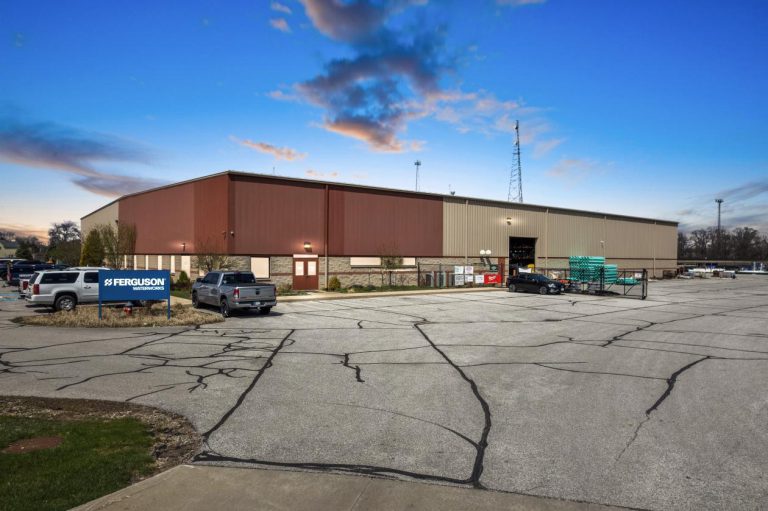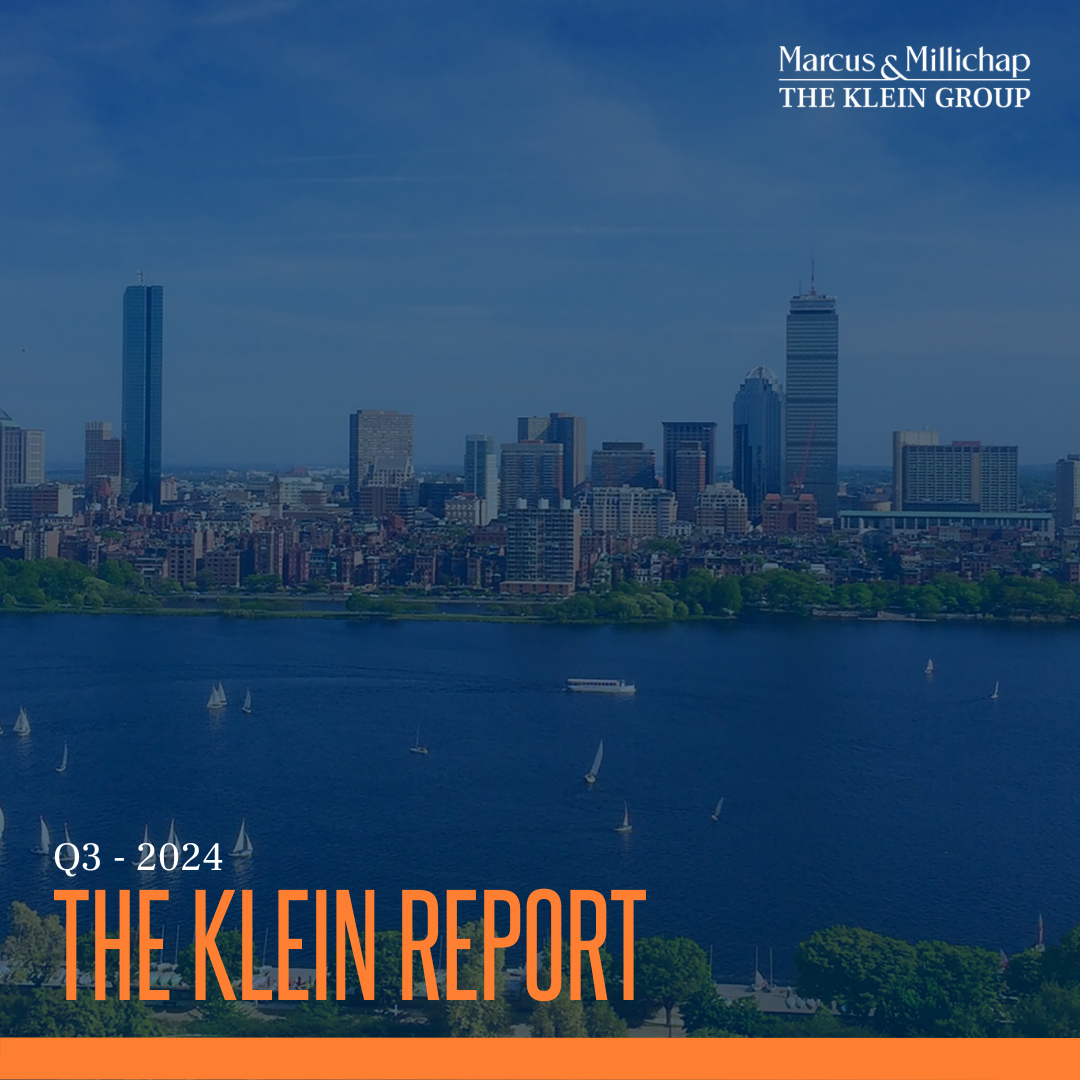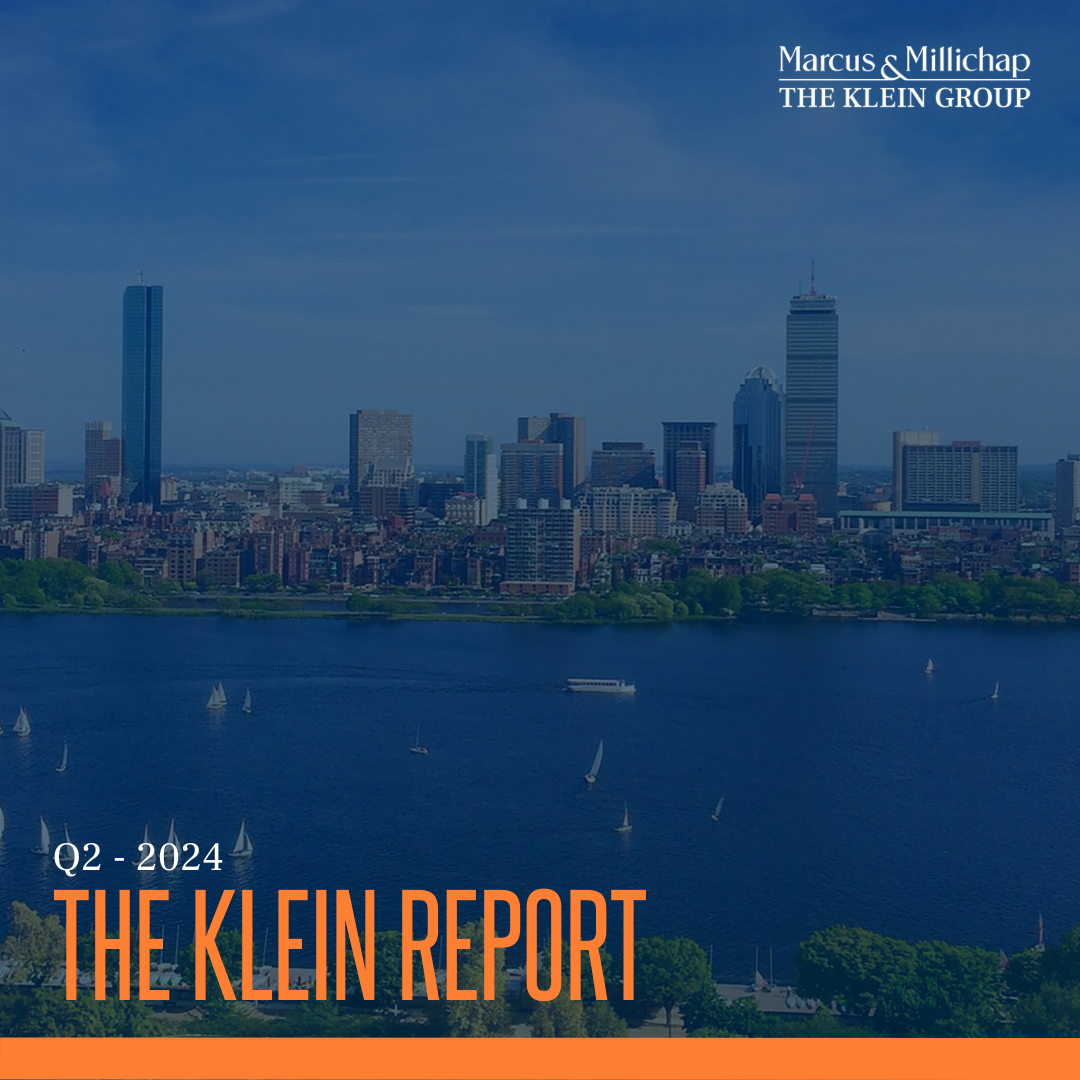Unlike the other industrial sub–types, single tenant net leased buildings are defined by the leases, not the physical structure. By definition, these buildings are leased to a single tenant on a triple net (NNN) lease, meaning the tenant pays 100% of the operating expenses. Typically, tenants sign long–term leases providing stability for a risk–averse landlord. The tenant handles management functions while landlords generally engage a bookkeeper to handle the billing of real estate taxes and insurance to the tenant. These properties can be in a variety of markets and house manufacturing, distribution, or flex uses. Generally, investors place significant emphasis on the existing lease when valuing this asset class.
Advantages: STNL Industrial requires very little management and provides stable cash flow so long as the tenant remains in the building. While landlords may be responsible for roof/structure, they don’t need to worry about snowstorms, landscaping, or more minor repairs. Tenants typically have strong credit, ensuring owners that payments will be made consistently and on time. Many investors considering STNL Industrial will compare it to the STNL Retail asset class. In comparison, industrial will generally have fewer household names as tenants, marginally lower credit, and fewer high–profile locations. In exchange they feature more attractive cap rates, easier to re–lease buildings, and a lower premium placed on the lease (leased vs. vacant valuation). Unlike STNL Retail, most well–located industrial buildings can be released with minimal expense within 3–12 months.
Disadvantages: Single–tenant buildings inherently have a more binary vacancy risk profile than a building with multiple tenants. Owners of single–tenant buildings should keep significant reserves and be prepared for vacancies. The typically longer lease terms in these buildings keep investors from realizing increases in market rents until the end of the lease term. As such an owner can get stuck with contract rent that is substantially below market for years. Finally, yields on these buildings are generally lower than their multi–tenant counterparts. While retail STNL offerings commonly feature 15+ year terms, industrial offerings tend to have 4–10–year leases. As such these are not ideal for buyers looking for “forever” leases.
Ideal Buyer: STNL properties in general are ideal for investors looking for minimal management and stable cash flow. STNL Industrial is ideal for investors that don’t want to pay a large premium for a particular lease in comparison to the vacant building value. Ample financing options are available for these assets, and most are expected to appreciate over a 5–10–year hold period. These properties can be found in the $1–$10+ million range making them an option for anyone with at least $300K in liquid savings. The ideal investor is someone looking for tax advantages and slow appreciation but that has no interest in running real estate on a day–to–day basis.




